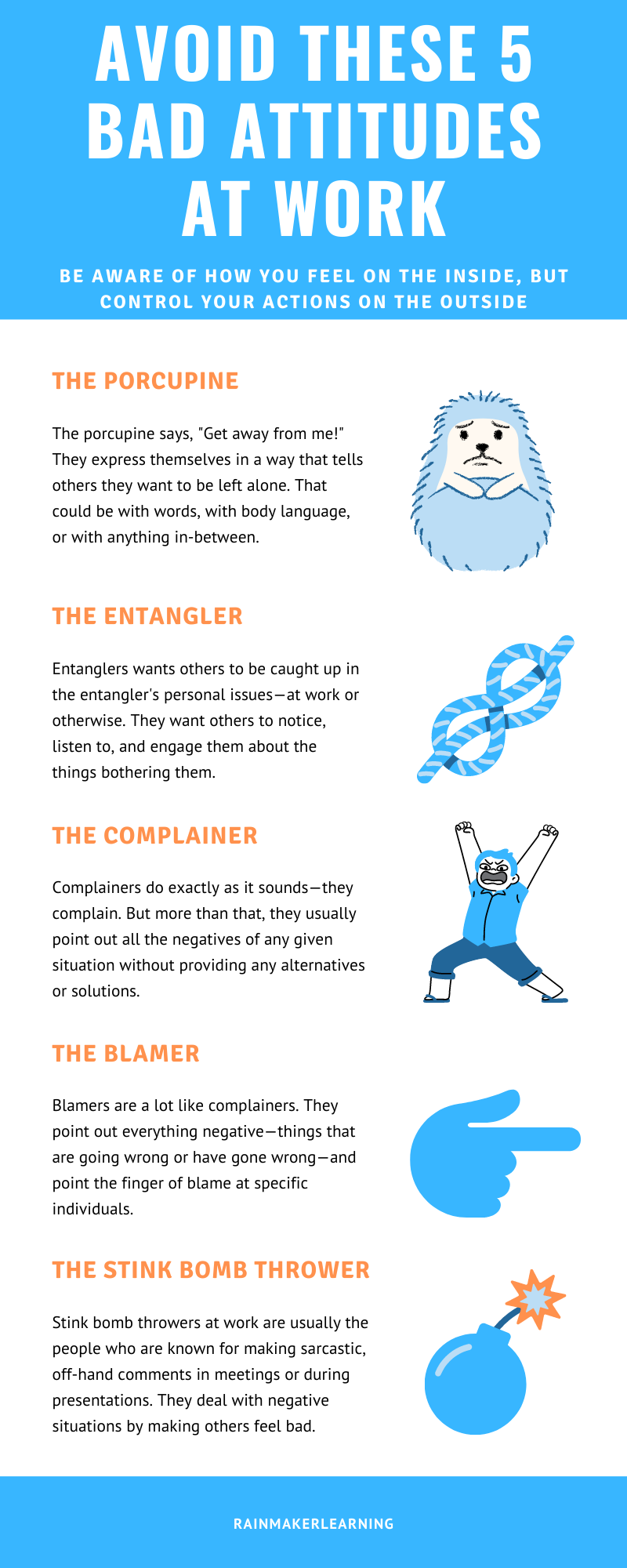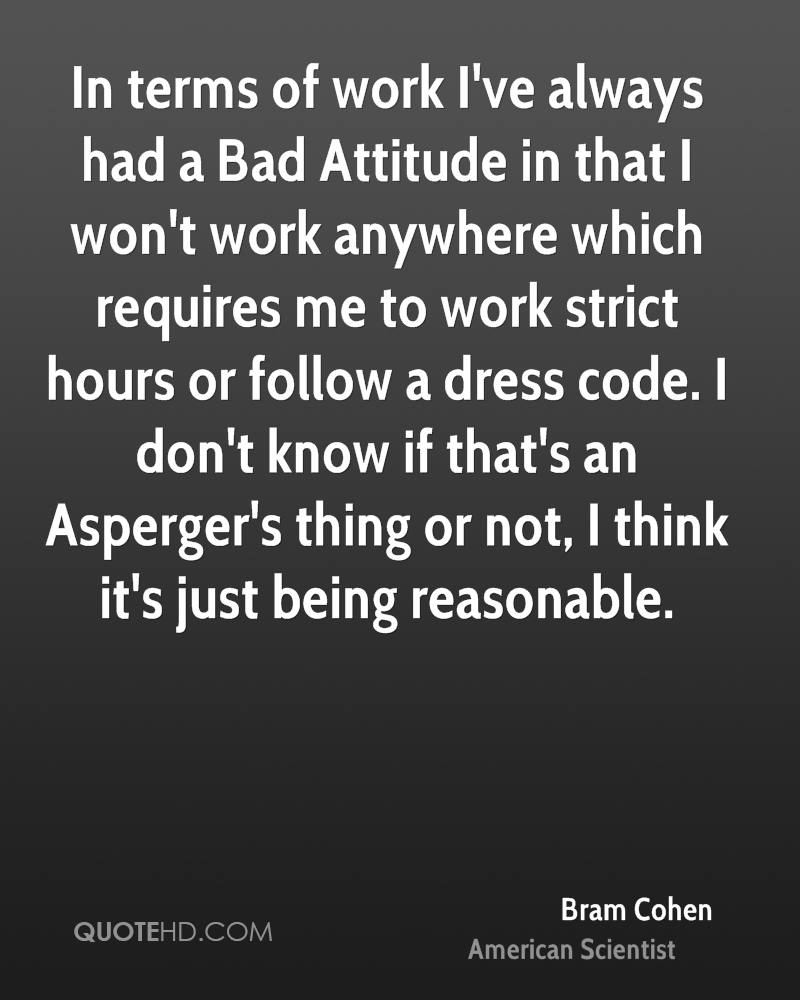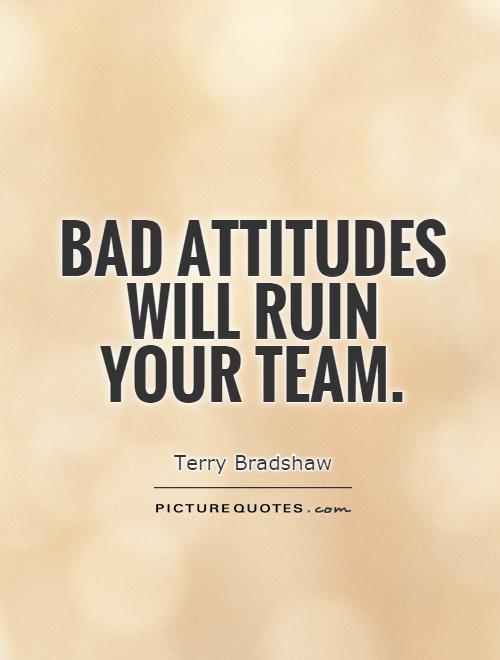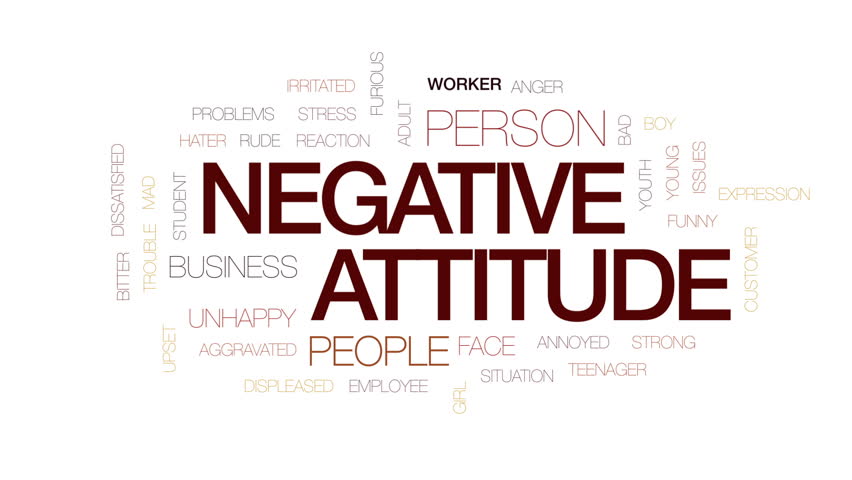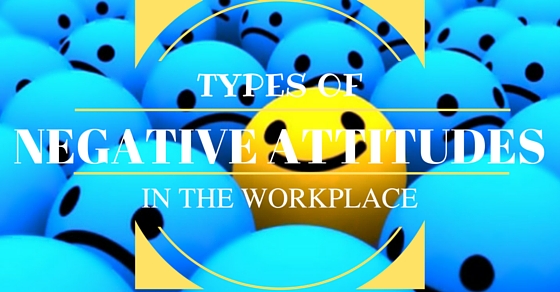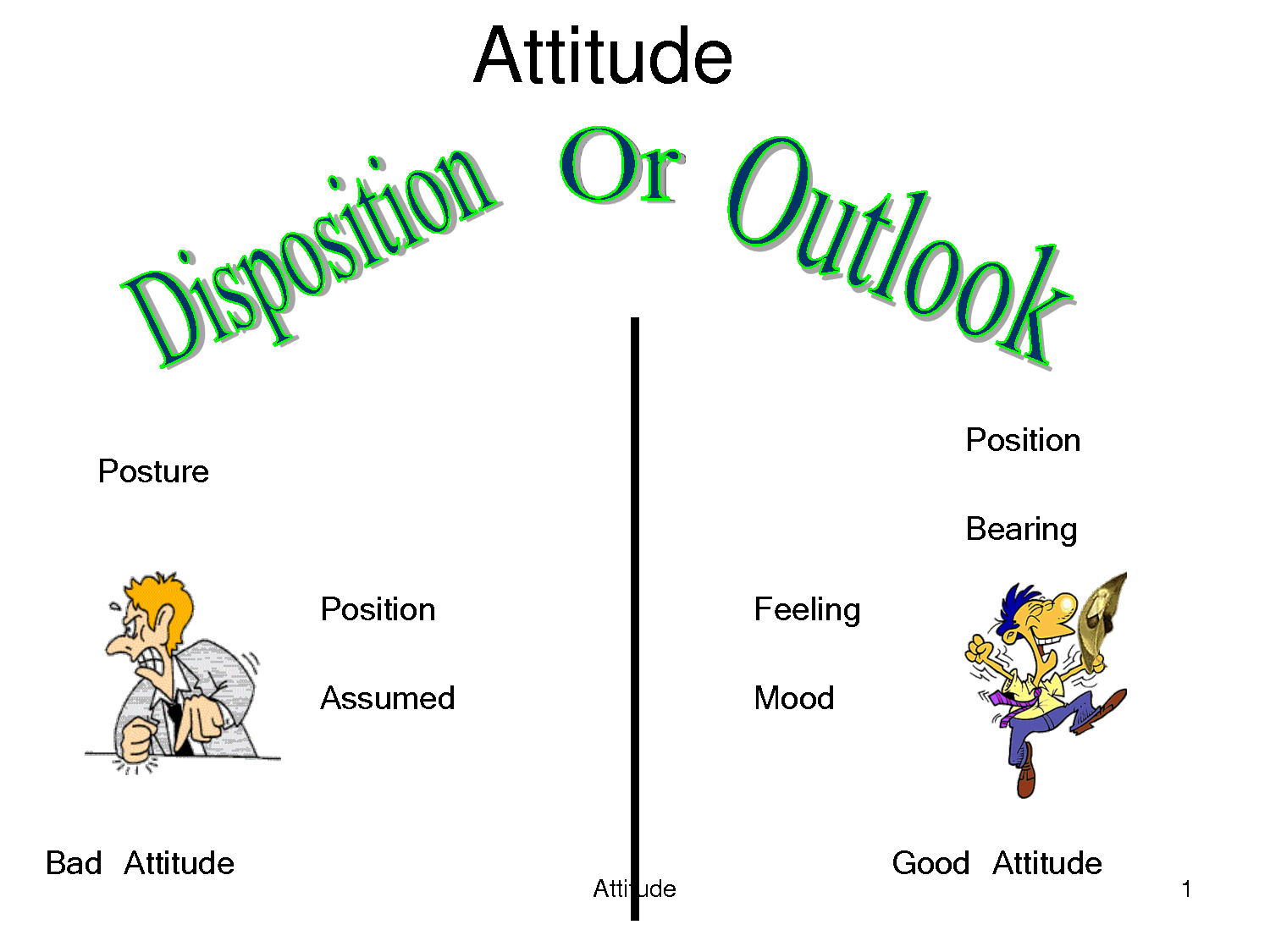Bad Attitude In The Workplace Quotes
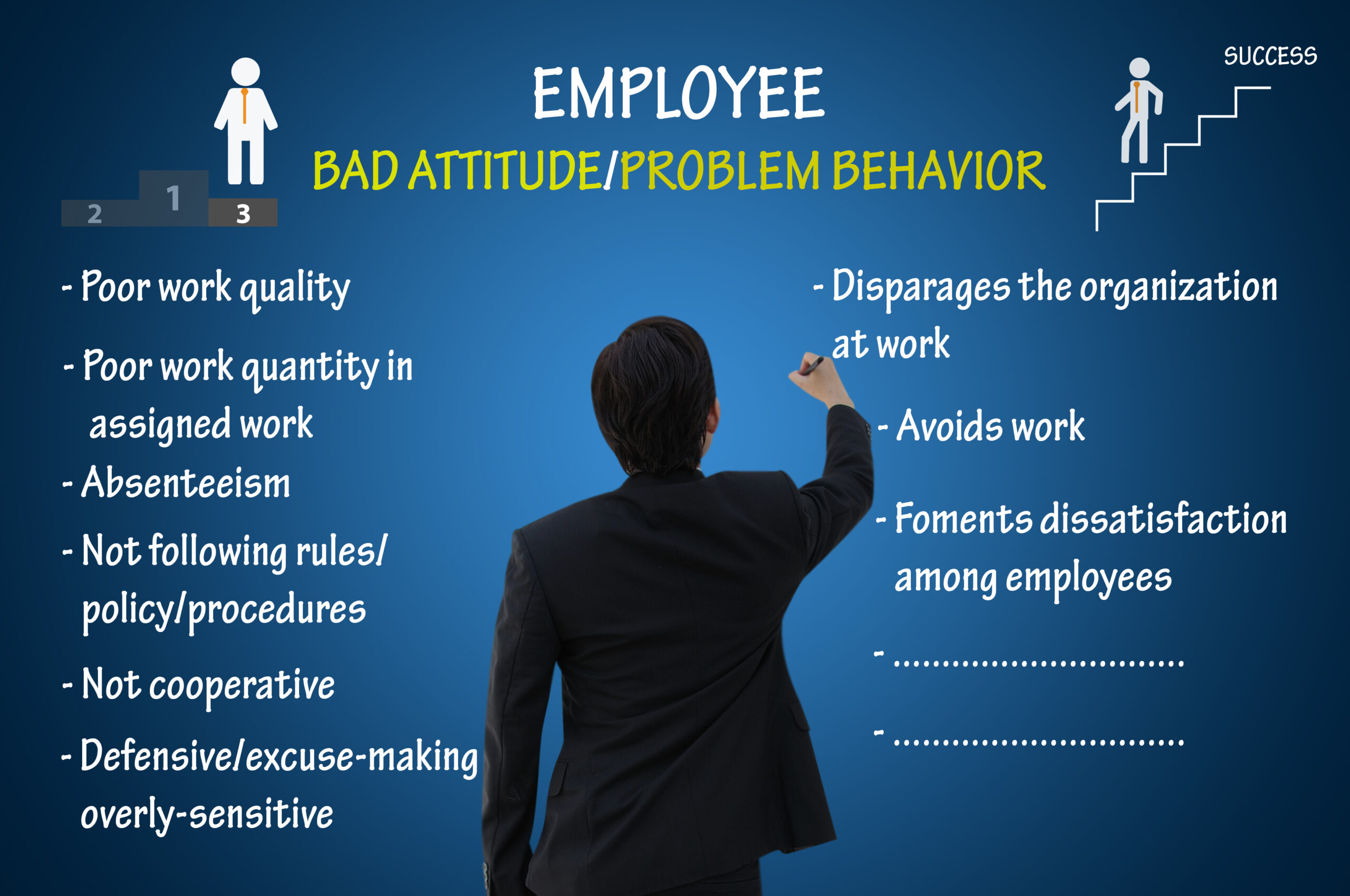
The coffee machine gurgled its morning song, a stark contrast to the simmering tension in the office kitchen. Sarah, usually a beacon of positivity, slumped against the counter, a weary sigh escaping her lips. "Another day, another dose of negativity," she muttered, more to herself than anyone else, echoing a sentiment felt by countless workers navigating the minefield of workplace attitudes.
At its core, the prevalence of "bad attitude" quotes and the discussions they spark reflect a deep-seated desire for a more positive and productive work environment. Understanding the origins, impact, and potential remedies for negativity is crucial for fostering happier, more engaged teams and, ultimately, more successful organizations.
The Seeds of Workplace Negativity
Workplace negativity often stems from a variety of sources. These can include poor leadership, lack of recognition, overwhelming workloads, and unresolved conflicts.
A study by Gallup found that only 36% of employees in the U.S. are engaged at work. This leaves a large percentage potentially feeling dissatisfied, leading to the expression of negative sentiments.
Sometimes, the pressure to perform and the constant competition can also foster resentment and bad attitudes among colleagues. A sense of unfairness and lack of career growth opportunities are often key factors.
Common "Bad Attitude" Quotes and Their Underlying Meaning
Certain phrases are ubiquitous in workplaces grappling with morale issues.
Consider the classic, "That's not my job." This often signals a lack of teamwork and a resistance to stepping outside defined roles.
Or the dismissive, "We've always done it this way." This reflects a resistance to change and innovation, stifling creativity and progress. When individuals say "I told you so," it can highlight a culture of blame rather than collective problem-solving.
The Impact of Negativity
The consequences of a negative work environment are far-reaching. It reduces productivity and innovation because team members are afraid of being wrong or sharing a crazy idea.
Stanford University research indicates that prolonged exposure to workplace stress and negativity can lead to burnout, decreased job satisfaction, and even physical health problems.
Turnover rates also tend to be higher in toxic environments, as employees seek out more positive and supportive workplaces.
Cultivating a More Positive Environment
Creating a positive workplace requires a multi-faceted approach.
Leadership plays a critical role. Leaders must actively foster open communication, provide regular feedback, and recognize employee contributions.
Investing in team-building activities and conflict resolution training can help build stronger relationships and address underlying tensions. Equally important is fostering a culture of appreciation.
A simple "thank you" or public acknowledgment of good work can go a long way in boosting morale.
Moving Forward
While eradicating negativity completely might be an unrealistic goal, creating a workplace culture that values positivity, empathy, and open communication is definitely achievable.
By addressing the root causes of negativity and proactively fostering a more supportive and appreciative environment, organizations can unlock the full potential of their workforce.
The shift may not be immediate, but it is a journey that will eventually lead to a brighter and more fulfilling work experience for everyone involved.

